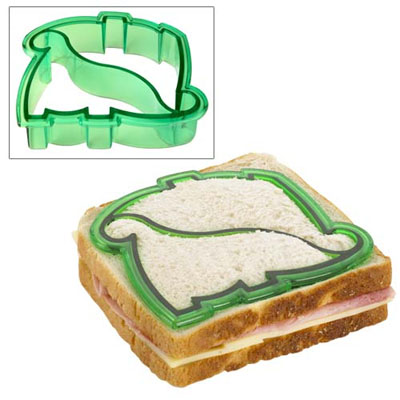
When our friends come to visit their children often end up in my kitchen. Over the years the guests have ranged from the 10 year old Marshall with his 7 year old brother Alex to the 3 year old Austin.
We have made muffins, sandwiches and all sorts of pies since dough is so much fun to work with.
With children in the kitchen you need to establish the rules to maintain a safe cooking environment. They need to know they can never touch the stove, oven or grill. You need to let them know that if they do, they won’t be allowed to cook in the kitchen anymore.
I have found that some of the most distracted or uncooperative children can do some of their best work in the kitchen. If you think about it, cooking can be a lesson in biology, math and language. It’s the ulimate obstacle course in organizational skills. In teaching children how to cook, they may learn where their food comes from. Then maybe they can appreciate items like carrots or celery as a food over a bag of cheese doodles. Learning where food comes from is a fun pathway to healthy eating and outdoor activities like gardening, fishing or clamming where families may be interactive and temporarily away for their separate virtual worlds.
Sandwiches and crudites
Soon your child will know that they can peel a carrot or a cucumber and eat it raw with some healthy dip that they can learn to make themselves. You can also show children 5 and up how to use an apple corer with the sectioner for a quick snack with some cheese.
Even the youngest children (2 to 4) can peel a bannana and slice it with a butter knife to put on a sandwich with peanut butter. These sandwiches are best with sliced whole wheat bread and a drizzle of honey. You can use these cut-outs to make fun shapes as an activity for a children’s play date in your garden.
Tuna salad or sliced cucumber with cream cheese are good sandwiches for the cut-outs too.
Even though children should never handle an oven, they can assist in mixing batter and filling muffin tins with an ice cream scoop. Use the paper muffin liners and have the children put them in the holes before scooping in the batter. They can always decorate the tops with blueberries, chocolate chips, nuts or raisins. The adult in the kitchen should be the only one allowed to open the stove to load the muffin tins.
Use your favorite muffin recipe.


